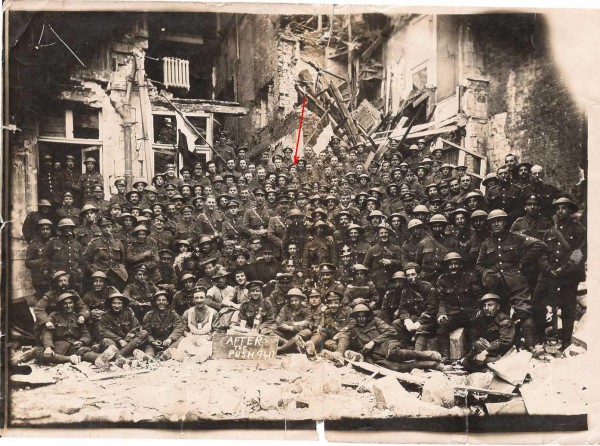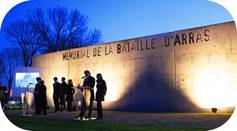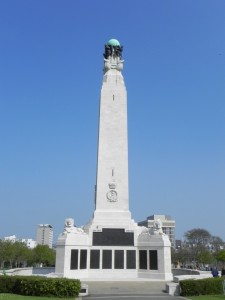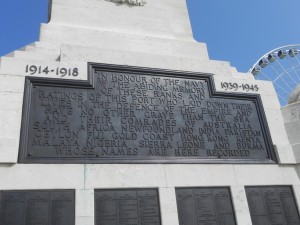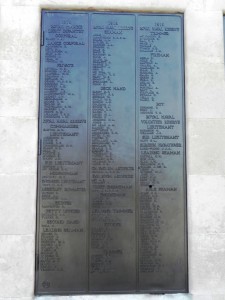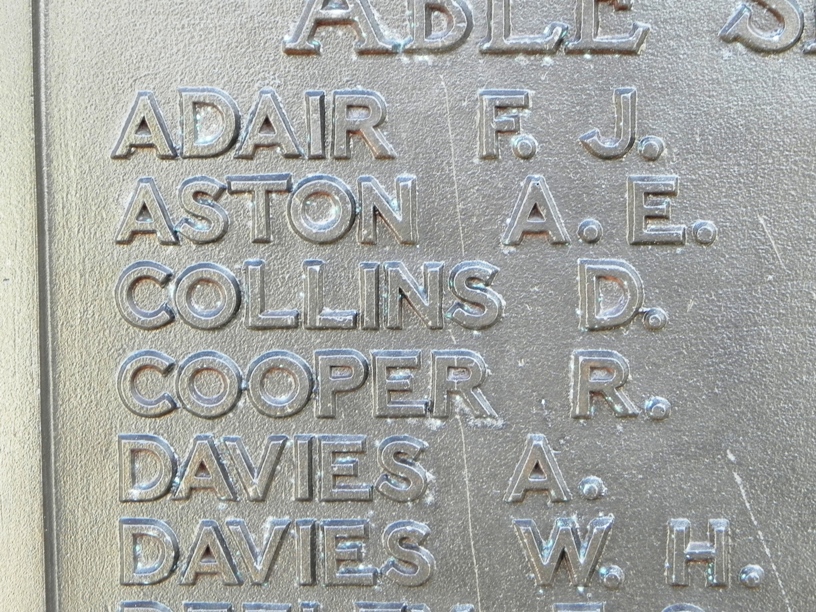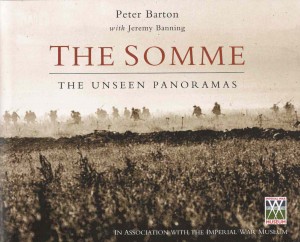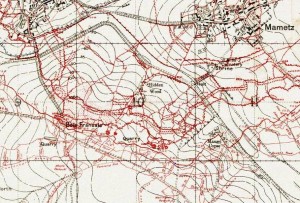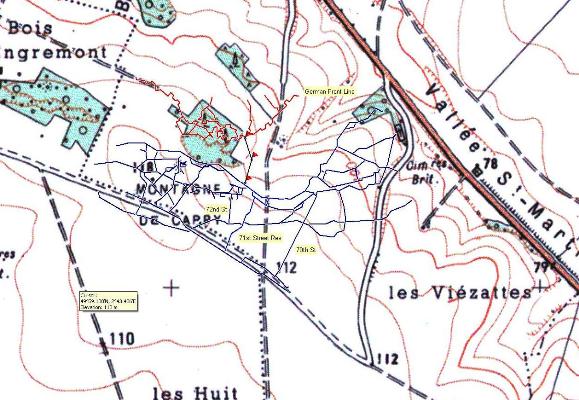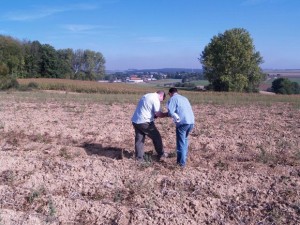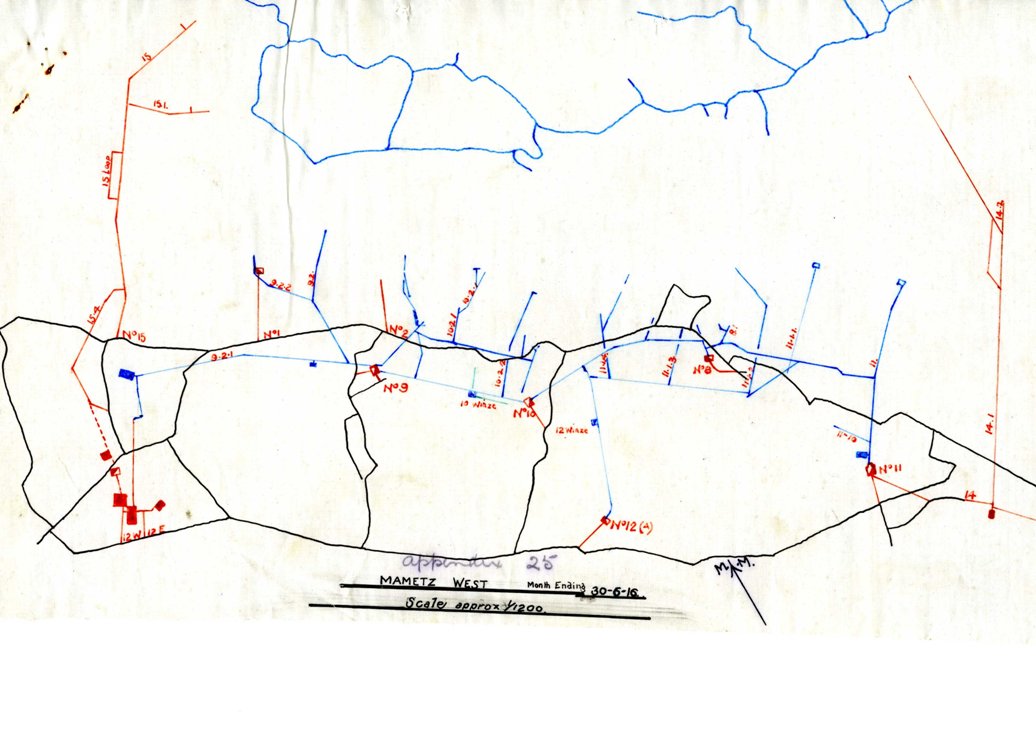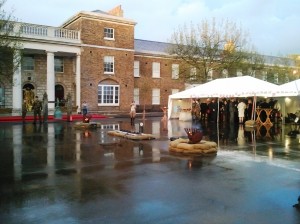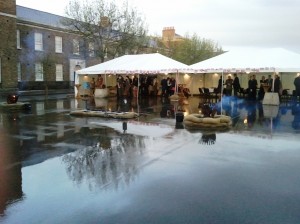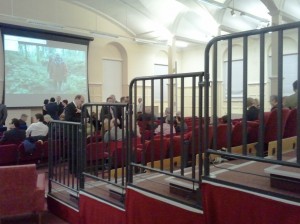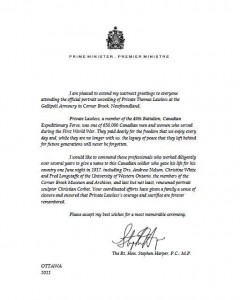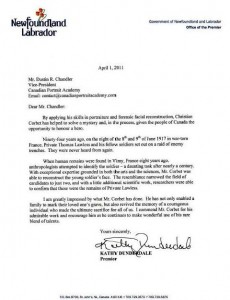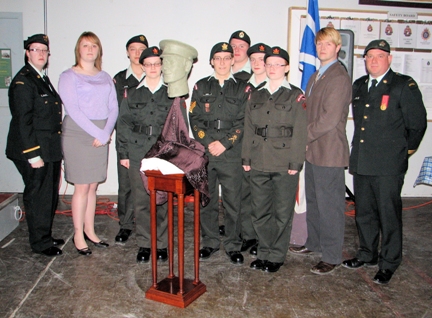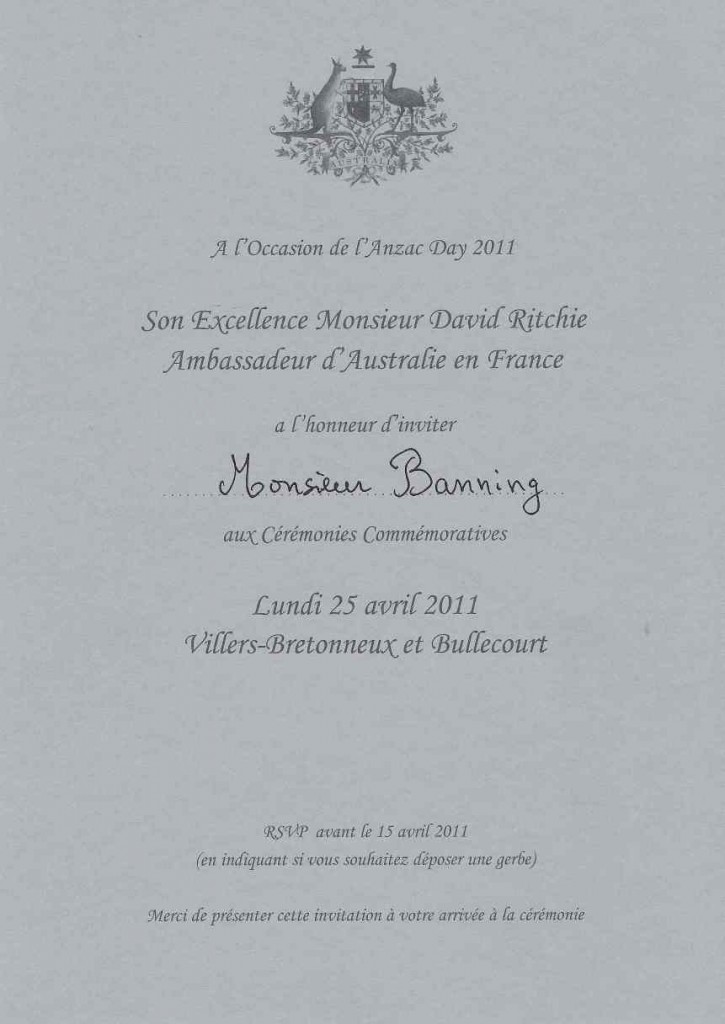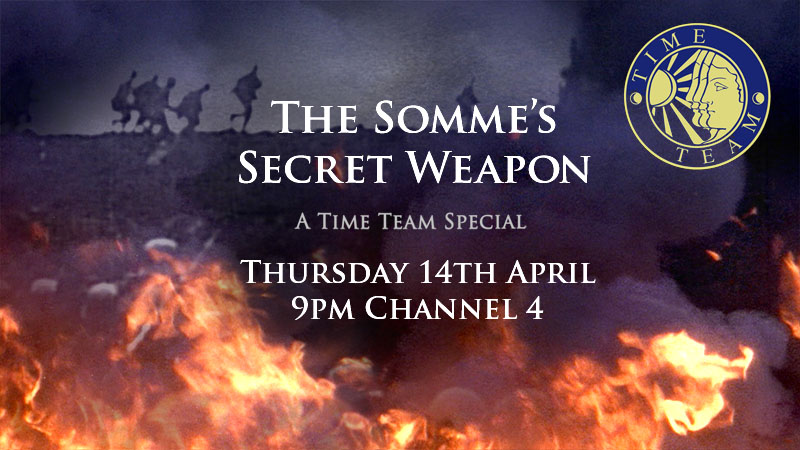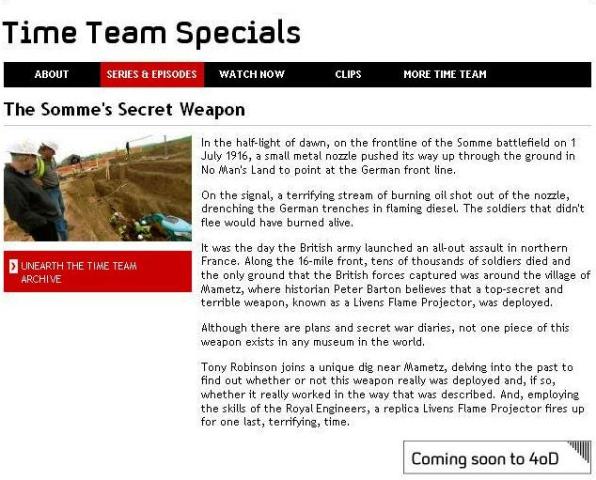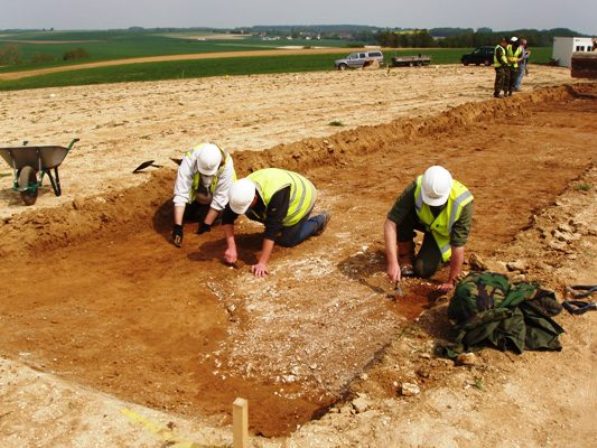Archive for the ‘Miscellany’ Category
Canadian War Museum acquires forensic facial reconstruction of Thomas Lawless
Following on from my blog posts HERE and HERE on the finding, identification and burial of Private Thomas Lawless, 49th Battailon CEF I have just received this update from the Canadian Portrait Academy – more good news to come from this story:
On Friday May 26th the Canadian War Museum announced they will be acquiring for their collection the original forensic facial reconstruction of WWI soldier Pte. Thomas Lawless created by the preeminent Newfoundland & Labrador sculptor and forensic artist Christian Cardell Corbet, FRSA.
Pte. Lawless of Alberta’s 49th Battalion, Canadian Expeditionary Forces, was identified by means of the facial reconstruction and isotopes marking a first in the positive identification of a World War 1 soldier. Pte. Lawless went missing in battle in June 1917 and his remains were not found until 2003 in France. The facial reconstruction was created in a multidisciplinary collaborative effort between The Department of National Defence and the University of Western Ontario.
The Canadian War Museum wrote the Canadian Portrait Academy and Mr. Corbet stating: “The collections committee met this morning…and the forensic facial reconstruction bust of Pte. Thomas Lawless has been accepted by the museum…(it) will be the only (forensic facial reconstruction sculpture) one in our collection. It’s quite a unique piece and the committee was very excited about its acquisition.”
Corbet commented: “This acquisition is a true honour to me; to be recognized by a national museum in one’s own country is indeed very special. Corbet further commented: “I hope the portrait of Pte. Lawless will act as an educational visual means where it will help tell the story about Canada’s significant contributions during the Great War and ultimately to the freedom we so enjoy today.” Corbet hopes to deliver the portrait bust in person.
This recent important acquisition was preceded the day before with yet another milestone for Corbet where the National Museum of Ireland wrote to acquire a copy of the forensic facial reconstruction of Pte. Lawless.
Corbet is represented in over 80 museums, art galleries and special collections in 14 countries.
Website: http://www.christiancorbet.com/
I spoke at the Thames Valley Branch of the Western Front Association (WFA) last Thursday (28 April). When first approached I had to choose between speaking about the Livens Large Gallery Flame Projector on the Somme or the subject of our last book, The Battle of Arras. I opted for the latter, mainly because I figured that the Channel 4 Time Team programme would have been only shown a short time before and so many of those attending would know at least the gist of the story. So, Arras it was. The talk was to last for about an hour (as it was, I think I spoke for nearer 70 minutes) and so this necessitated a good deal of reading to refresh the memory. I prepared a PowerPoint presentation to illustrate some aspects of the talk and managed to get panoramas to slowly scroll across the screen too (a technical feat I was quite pleased with!)
The talk was entitled “The Battle of Arras: April – May 1917? and was well attended with about 45 people regulars plus my brother Mark Banning and his friend and regular battlefield companion Malcolm Sime.
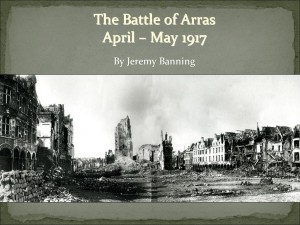 It was structured to not merely cover the battle but start with warfare in the Arras area in October 1914, look at the costly French actions of 1915 and then move on to British occupation in March 1916. The German attack against the 47th (London) Division on Vimy Ridge was touched upon and then I covered a basic backdrop to battle from the political and military standpoint and explained in detail the new German policy of ‘elastic defence’ to be brought into play for 1917. Moving through the Chantilly and Calais conferences I then spent some time on the German retreat to the Hindenburg Line (Operation Alberich) before exploring preparations for battle such as the tremendous work of the Royal Engineers. I also looked into French preparations, the actions of General Robert Nivelle and the extraordinary series of leaks and security lapses that marred the French pre-battle period. By this time half an hour had gone but I felt it important to set the scene fully and not merely delve straight into the battle itself.
It was structured to not merely cover the battle but start with warfare in the Arras area in October 1914, look at the costly French actions of 1915 and then move on to British occupation in March 1916. The German attack against the 47th (London) Division on Vimy Ridge was touched upon and then I covered a basic backdrop to battle from the political and military standpoint and explained in detail the new German policy of ‘elastic defence’ to be brought into play for 1917. Moving through the Chantilly and Calais conferences I then spent some time on the German retreat to the Hindenburg Line (Operation Alberich) before exploring preparations for battle such as the tremendous work of the Royal Engineers. I also looked into French preparations, the actions of General Robert Nivelle and the extraordinary series of leaks and security lapses that marred the French pre-battle period. By this time half an hour had gone but I felt it important to set the scene fully and not merely delve straight into the battle itself.
I structured the actual battle part of the talk by focussing on the First and Third Army fronts from north to south, starting with the Canadian Corps attack on Vimy Ridge before moving into what I always think of the main ‘Arras proper’ battlefield. Realising that no talk about the Battle of the Somme would neglect to work its way down the front line for 1 July 1916 I adopted the same structure – following each division’s success (or failure) as we moved southwards across the Scarpe and Arras-Cambrai road into Hindenburg Line territory until ending with the 21st Division at the south of the attacking frontage. Explaining the reasons for success in many sectors and failure in others I then worked my way through the battle focussing on stand-out actions. These included the capture of Monchy-le-Preux on 11 April 1917 and the destruction of the cavalry of the Essex Yeomanry and 10th Hussars in the village.
I also covered the attack by two battalions of the 10th Brigade (4th Division) towards the village of Roeux and the Chemical Works. 1/Royal Irish Fusiliers and 2/Seaforth Highlanders suffered grievous losses in the attack; the Seaforths attacked with 12 officers & 420 Other Ranks and their losses were all 12 officers & 363 O.R. This meant that a mere 57 men survived the action unwounded – and the objective wasn’t gained in any way. The beautiful Seaforths Cross on the Sunken Lane at Fampoux is a reminder of the men who attacked and suffered so much that day. I touched on the fighting at Bullecourt that day but felt that the disastrous actions around that particular salient village warranted a talk of their own.
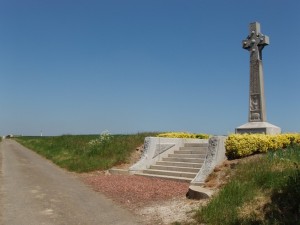 The next attack to be looked into was the attack up Infantry Hill by the Newfoundland Regiment and 1/Essex Regiment on 14 April 1917 – an attack that almost destroyed both battalions and which left the way open for the German reoccupation of Monchy. The day was saved by a gallant band of men led by Lt Col James Forbes Robertson, CO of the Newfoundlanders who organised a small group of men to run to eastern buy discount ambien edge of village and open rifle fire. For five hours their fire held the Germans at bay until the village was relieved. All were decorated and became known as ‘The Men Who Saved Monchy’.
The next attack to be looked into was the attack up Infantry Hill by the Newfoundland Regiment and 1/Essex Regiment on 14 April 1917 – an attack that almost destroyed both battalions and which left the way open for the German reoccupation of Monchy. The day was saved by a gallant band of men led by Lt Col James Forbes Robertson, CO of the Newfoundlanders who organised a small group of men to run to eastern buy discount ambien edge of village and open rifle fire. For five hours their fire held the Germans at bay until the village was relieved. All were decorated and became known as ‘The Men Who Saved Monchy’.
I then worked through the month of April, looking at the failed French attacks on the Aisne and then explaining the movements of 23 April (Second Battle of the Scarpe) with particular emphasis on the fighting for Roeux and the Chemical Works by the 51st (Highland) Division. The battle was deteriorating against well organised and deployed German troops employing the new ‘elastic defence’ doctrine. It was a dreadful time – Third Army suffered 8,000 casualties alone on the 23rd/24th April.
It seemed apt giving the talk on 28 April as I then touched on the attack that day 94 years ago and the capture of the village of Arleux. It was building to the climax of battle – the Third Battle of the Scarpe on 3 May 1917 – a very dark day indeed for the British Army. The 21km frontage from Fresnoy in the north to Bullecourt (again) in the south lent itself to particular problems. The Australians at Bullecourt wanted a night attack to aid their chances of success – in the north this would have been disastrous for the attack on Oppy Wood. A miserable compromise was reached and Zero Hour was set for 3.45am – the attack was still to go in at night time. It was a terrible fiasco – many units were unable to even find their starting points and had no idea of direction to attack, merely following the direction of the artillery barrage with the hope of finding some Germans. Accounts mention morale being poor and a general malaise amongst the depleted attacking divisions. I read from the Official History: Military Operations France and Belgium 1917 by Cyril Falls as it summed up most eloquently the reasons for failure on 3 May 1917:
“The confusion caused by the darkness; the speed with which the German artillery opened fire; the manner in which it concentrated upon the British infantry, almost neglecting the artillery; the intensity of its fire, the heaviest that many an experienced soldier had ever witnessed, seemingly unchecked by British counter-battery fire and lasting almost without slackening for fifteen hours; the readiness with which the German infantry yielded to the first assault and the energy of its counter-attack; and, it must be added, the bewilderment of the British infantry on finding itself in the open and its inability to withstand any resolute counter-attack.”
I concluded with the finals stages of battle, the loss of Fresnoy and eventual capture of Roeux and the Chemical Works and for my last slide whilst talking about the men who had done the fighting I showed one of my favourite pictures. It shows a triumphant shot of a group of the 12/West Yorkshire Regiment in Arras celebrating their success of 9 April with captured booty. I was amazed when a man in the front put his hand up, saying he had spotted his grandfather in the photo! Apparently the only wartime souvenirs that his grandfather left were his medals and a copy of this photo. The man was 50496 Acting Corporal John Davison Johnson (marked with a red arrow in the photo) and I thank his grandson, John Johnson for this information – it quite made my night!
All feedback received has been good and the Branch Chairman, Bridgeen Fox, wrote very warmly afterwards with her thanks. Her comments can be read here. As she herself said, “it should have raised the profile of the battles of Arras and I hope it will have encouraged more people to explore the area”.
When I have some time I will write a blog piece with detail about the 3 May fighting. My thanks to Geoff Sullivan from the wonderful ‘Geoff’s Search Engine’ for furnishing me with some tremendous statistics for that day. If anyone is intersted in hearing this talk then please contact me. I am speaking on this subject in Bristol in October – see here for details. For those with an interest in the battle our panorama book on the subject is available here. Alternatively, if you are interested in a battlefield tour to Arras then please contact me – I would be happy to discuss.
I had been invited to attend the annual service of commemoration for the Battle of Arras at the Wellington Quarry and had written a blog piece about the impending service which had been picked up by the WFA for inclusion on their website. Sadly I was unable to attend due to family commitments but I have been sent images and details of the event by Isabelle Pilarowski of the Wellington Quarry. The service is held at 0630hrs on 9 April each year. The early start is due to the start of battle in 1917 – Zero Hour was 5.30am. It is a gathering of people who want to pay their respects for the men involved in the huge British offensive at Arras in April and May 1917. So often overshadowed by the Battles of the Somme and Passchendaele, Arras stands as one of the three major British offensives of the war.
 I have a huge soft spot for the place, as a battlefield and a superb town to visit, and enjoy the quiet surroundings without the hordes of coaches and resulting pilgrims that can often be seen in some of the more popular battlefield stops on the western front.
I have a huge soft spot for the place, as a battlefield and a superb town to visit, and enjoy the quiet surroundings without the hordes of coaches and resulting pilgrims that can often be seen in some of the more popular battlefield stops on the western front.
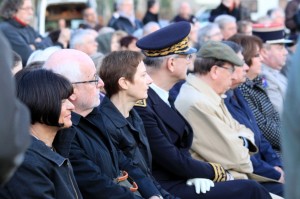 Isabelle tells me that the service went very well and that it was well attended by officials and visitors alike. Attendees included the Mayor, the Préfet, the Ambassador of New Zealand, representatives from Australia and Canada [denoting their countries role in the Battle – at Bullecourt and Vimy] as well as members from other French and British associations.
Isabelle tells me that the service went very well and that it was well attended by officials and visitors alike. Attendees included the Mayor, the Préfet, the Ambassador of New Zealand, representatives from Australia and Canada [denoting their countries role in the Battle – at Bullecourt and Vimy] as well as members from other French and British associations.
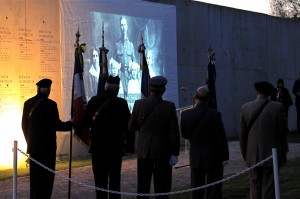 Of particular interest to me was the inclusion of extracts from the wonderful memoirs of Percy Clare, 7th East Surrey Regiment. As part of the 12th (Eastern) Division his battalion attacked up Observation Ridge on the first day of battle. After a rest in the middle of April the battalion was back in the line for the disastrous attacks of 3 May 1917 (Third Battle of the Scarpe) – 94 years ago today. The day is one of the blackest days for the British Army in the Great War and was a hideous muddle from its inception to its execution. Over 5,900 men were killed that day as the attack was repulsed with ease along the vast majority of the Thurd Army front. Very kindly the copyright holder, Rachel Gray, had let me copy a set of Percy’s memoirs for donation to the Wellington Quarry. They are probably the finest account extant of the battle and were quoted through the service. The service also included a reading of the poem ‘The Owl’ by Edward Thomas. He was killed on the morning of 9 April 1917 by a shell blast and is buried in Agny Military Cemetery:
Of particular interest to me was the inclusion of extracts from the wonderful memoirs of Percy Clare, 7th East Surrey Regiment. As part of the 12th (Eastern) Division his battalion attacked up Observation Ridge on the first day of battle. After a rest in the middle of April the battalion was back in the line for the disastrous attacks of 3 May 1917 (Third Battle of the Scarpe) – 94 years ago today. The day is one of the blackest days for the British Army in the Great War and was a hideous muddle from its inception to its execution. Over 5,900 men were killed that day as the attack was repulsed with ease along the vast majority of the Thurd Army front. Very kindly the copyright holder, Rachel Gray, had let me copy a set of Percy’s memoirs for donation to the Wellington Quarry. They are probably the finest account extant of the battle and were quoted through the service. The service also included a reading of the poem ‘The Owl’ by Edward Thomas. He was killed on the morning of 9 April 1917 by a shell blast and is buried in Agny Military Cemetery:
For further details of Percy Clare please see this blog piece or consult our book Arras: The Spring 1917 Offensive in Panoramas Including Vimy Ridge and Bullecourt
I had a few much-needed days rest with the family at a cottage in Devon last week. We were blessed with beautiful weather and a good time was had by all. Most importantly I came back rested and restored after a busy time over the past few months.
I had wanted to visit Plymouth, my old university city, for some time, not only to see how it looked nowadays but to go to The Hoe and visit the Plymouth Naval War Memorial. I can well remember the memorial from my student days but gave it little thought back then. Twenty years older and perhaps a little wiser I wanted to pay my respects at the name of one man whose story I had looked into – Able Seaman Daniel Collins. Daniel was the younger brother of Thomas Collins, the man Sapper William Hackett refused to leave 40 feet below the fields of Givenchy – an act for which Hackett was awarded a posthumous Victoria Cross. He was the only tunneller ever to receive the award and he and Thomas Collins lie there still.
Able Seaman Daniel Collins, RNVR was killed on 26 February 1918 on “SS Greavesash”, a merchant steamer which was torpedoed without warning by German submarine UB-74 and sunk off the Normandy coast. Daniel was one of eight crew who were killed that day. Whilst visiting Thomas and Daniel’s nephew, John Abraham back in March 2010 I had been struck by the loss of the two eldest Collins boys in the war and could only imagine the effect that this had on the family.
The memorial is very imposing and is situated centrally on The Hoe overlooking Plymouth Sound. It commemorates 7,251 sailors of the First World War and 15,933 of the Second World War. The panels bearing the rank and names of sailors who were lost at sea are organized by date so I had to walk around the entire memorial from 1914 through to 1918 until I came to Panel 29 which contained the names of officers and men of the Royal Naval Volunteer Reserve. The names, as per the various Memorials to the Missing on the Western Front are organised by rank and it was to the bottom right of the panel that I spotted the men who had the rank of Able Seaman; the third name down was “COLLINS D.”
Able Seaman Daniel Collins, RNVR – like your brother Thomas, gone but not  forgotten.
forgotten.

A quick update from the remarkable story of the identification of Private Thomas Lawless, 49th Battalion CEF. One of the key pointers in identifying the human remains found at Avion as belonging to Thomas Lawless concerned the portrait facial construction undertaken by renowned sculptor Christian Corbet.
1 April saw the first official public unveiling of the portrait reconstruction to a full house at the local armoury. The event was hosted by a local museum and supported by the 2nd Newfoundland Regiment. The event commenced with several letters from parliamentarians and even one from the family itself.
This was then followed by a short Power Point lecture given by Christian Corbet on his role in the identification process which was well received.
There has been an enormous amount of interest generated by this story and it clearly shows the fascination with and the desire to honour the fallen of the Great War. As an addenda to this blog I have today (12 April) received a link to an excellent blog by sculptor Christian Corbet which details his part in the ID process. Please click on Identifying a WW1 Soldier to read it.
This morning I received my invitation to the ANZAC Day services at Villers-Bretonneux and Bullecourt on 25 April. Sadly, I am unable to attend this year and have let the relevant authorities know but know that my brother, Mark Banning of MGB Battlefield Tours fame, is attending the service at VB and he always says it is a well run and attended event.
Further details about the event can be found by visiting the ANZAC can u buy ambien online France Somme official website. http://www.anzac-france.com/
Details on ANZAC Day and its history with interesting comments on the current relevance of the day to a new generation of Australians and New Zealanders can be found on Wikipedia: http://en.wikipedia.org/wiki/Anzac_Day
Invite to the premiere screening of the ‘Breathing Fire’ documentary on the Livens Large Gallery Flame Projector
I was very pleased to receive my invitation to the premiere screening of the ‘Breathing Fire’ documentary on the Livens Large Gallery Flame Projector. This event, held by the Corps of Royal Engineers, will take place at the Brompton Barracks, Chatham on 11 April and will be held in aid of the Army Benevolent Fund. I know that a large number of us who were involved in the project are attending and it will be great to see the final edit on the big screen – the result of much work and dedication from a large number of people. Quite what version will be shown is unknown but I presume it is the longer buy placebo ambien version made for History Television.
I am very much looking forward to seeing Tony & Iain from the Centre for Battlefield Archaeology, Brian and his colleagues at Bactec, the expert EOD & landmine clearance company who did so much for us throughout the project and, of course, the sappers of the Royal Engineers we had the pleasure to work with.
A broadcast date for the UK market (this will be a Time Team Special on Channel 4) is still not known for definite. I will post this as soon as I have the necessary details.
Details of the upcoming museum exhibition at the Historial, Peronne can be found on this blog piece HERE.




